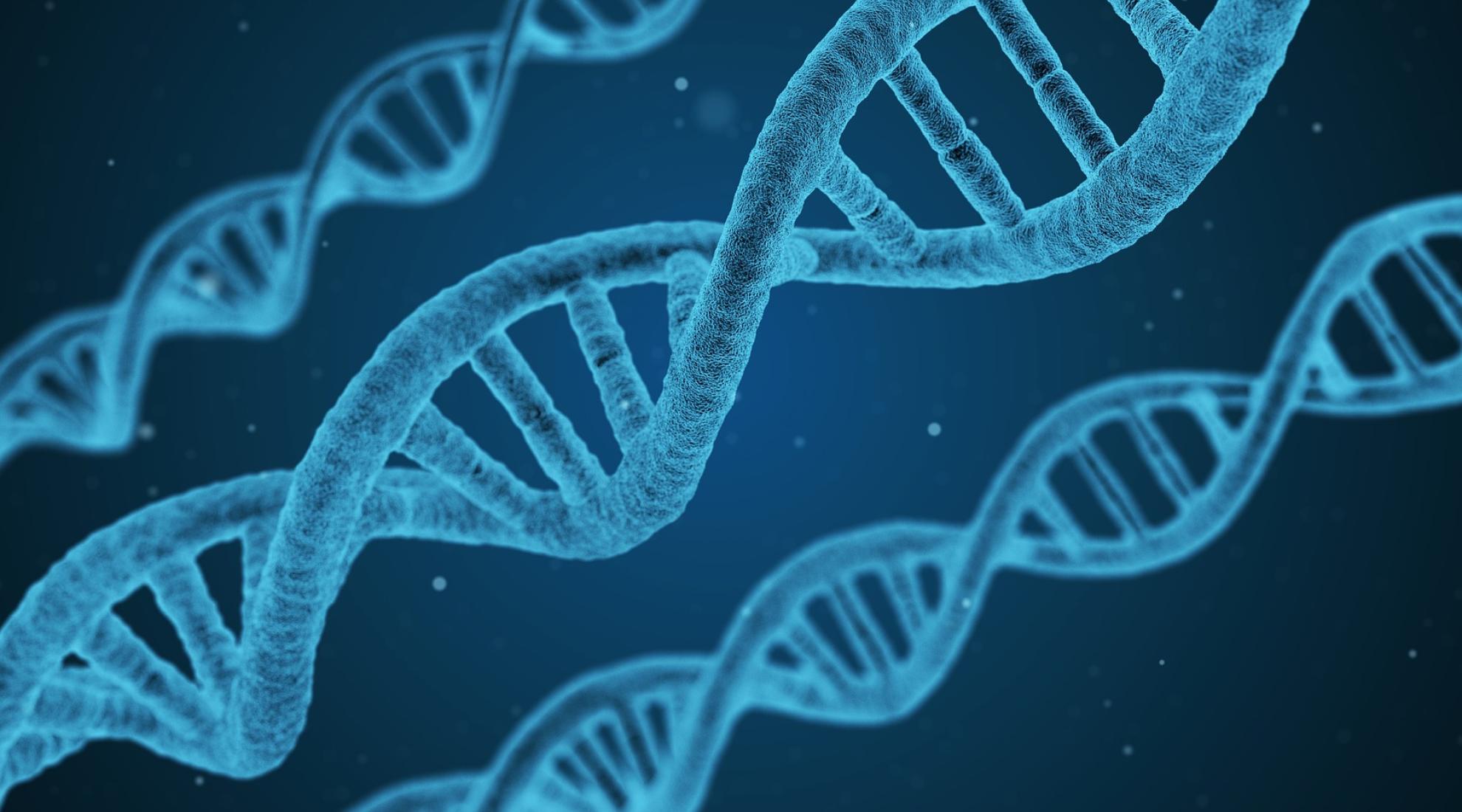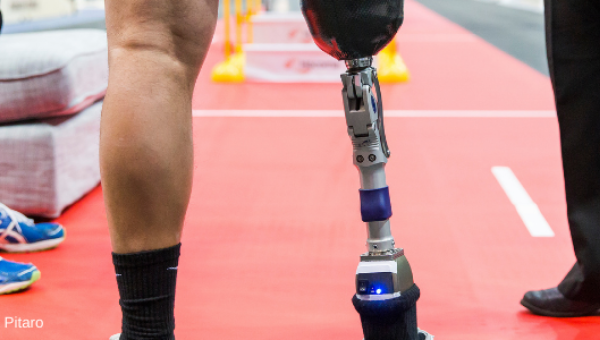A novel method to transport large genes

Researchers at the University of Zurich have developed a new method for transporting large genes. These genes are introduced efficiently and without any significant side effects. The approach has great potential for applications in gene therapy.
Without a shadow of a doubt, gene therapy is currently the most promising approach for treating inherited diseases. The therapy works by replacing or inactivating disease-causing genes. In some cases, gene therapy introduces new genes into the body to treat a specific disease. While gene therapy is still an experimental treatment, it opens many new possibilities and almost unlimited potential beyond rare genetic disorders. But there are still many hurdles in making this kind of therapy more widely available.
Limitations in the transport of genes
According to the University of Zurich, one of the issues is that not all genes can be transported equally well into the target cells. There have been significant breakthroughs in recent years, such as the efficient introduction of genetic material into the target cells with the help of adeno-associated viral vectors (AAVs). However, AAVs have a limited uptake capacity for DNA and cannot transport larger genes completely. They are therefore broken down into fragments.
New method for large genes
Researchers at the University of Zurich have now presented a new method of large gene transport, which is more efficient and causes fewer side effects than previous methods. According to a press release, the newly developed approach can transport large genes that are required for the treatment of hereditary diseases. The new REVeRT (reconstitution via mRNA trans-splicing) method also utilises the principle of two fragments on dual AAV vectors. The coding DNA material is packaged in the AAV vectors, introduced into the cells and transcribed there into messenger RNA - at the so-called transcript level.
The advantages of this method are increased efficiency and fewer side effects.
New hope for treating eye disease
According to the press release, REVeRT has been successfully tested in animal models to treat macular degeneration, an inherited eye disease that can blur your central vision. The method is also suitable for the gene therapy of other genetic or acquired diseases, such as various widespread blood or age-related diseases.




